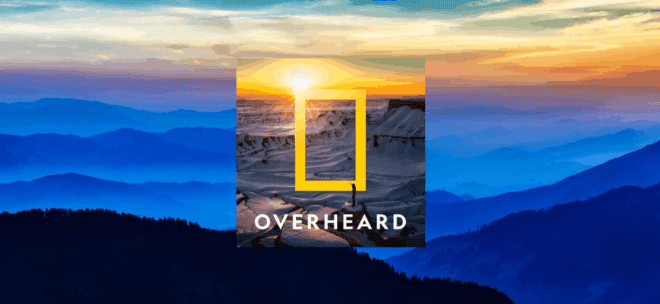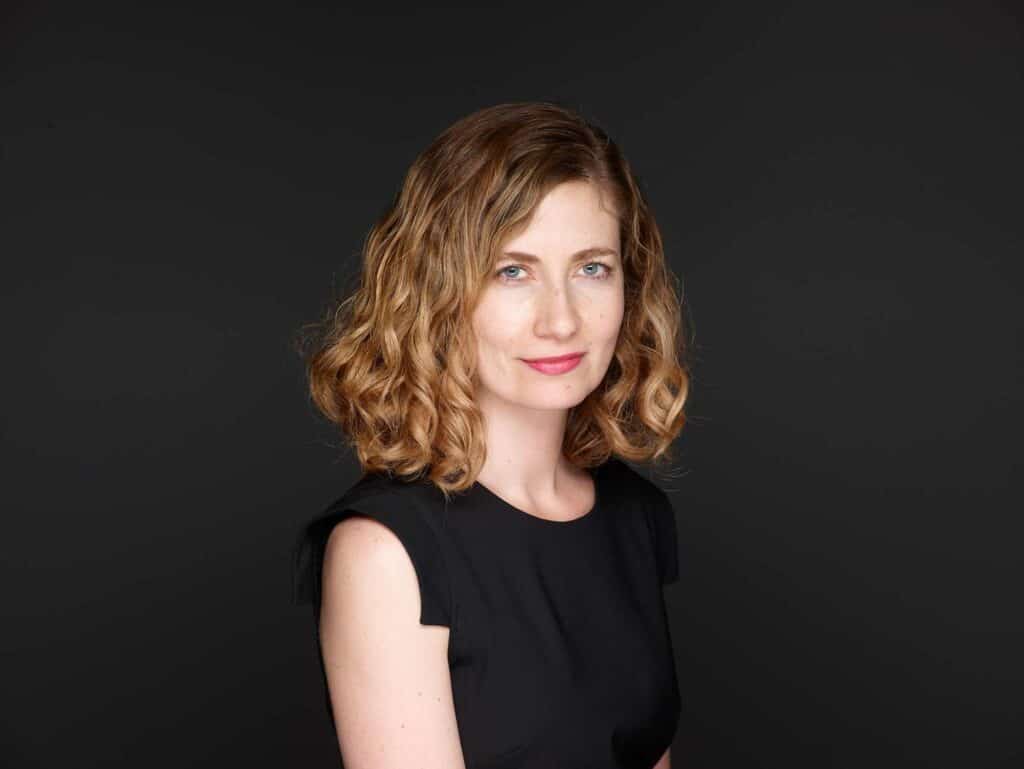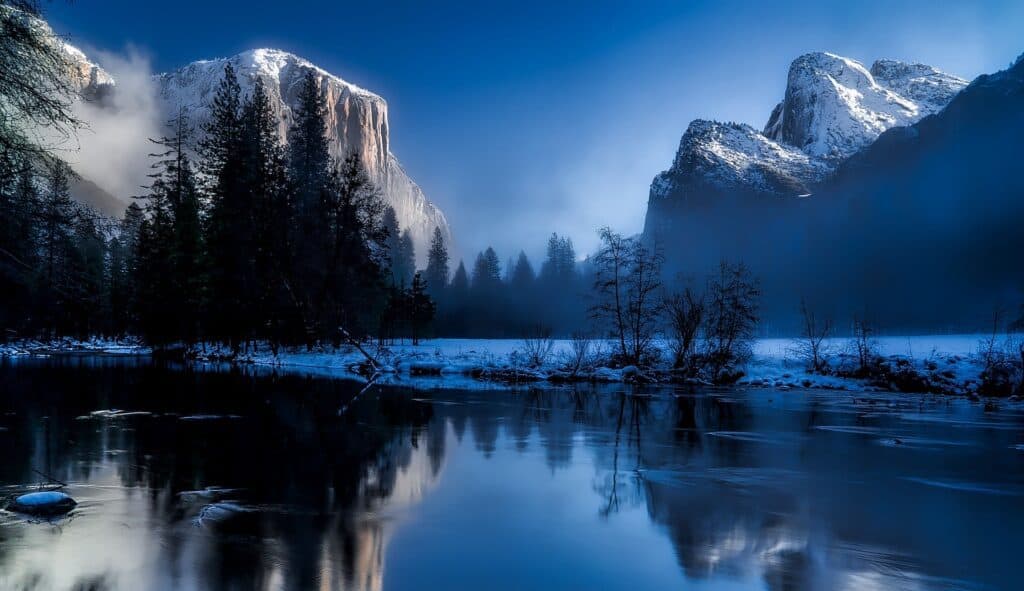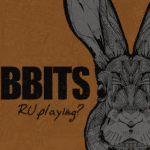Q&A with Whitney Johnson about National Geographic’s Overheard Podcast

Whitney Johnson is the vice president of visuals and immersive experiences at National Geographic Partners. She leads the visual and immersive staffs, overseeing photography, video, Instagram and podcast teams. She joined National Geographic in 2015 as the deputy director of photography for the magazine.
Whitney sat down with Discover Pods to discuss season two and the future of its critically acclaimed podcast, Overheard.

Discover Pods: Can you describe the podcast to our audience?
Whitney: Each week, the podcast dives into one of the curiously delightful conversations we’ve overheard around National Geographic’s headquarters, Zooms, Slack chats, texts, closet recordings sessions and all. Smuggled dinosaur bones. Man-made glaciers. An audacious quest to find the world’s southernmost tree. You’ll be introduced to the explorers, photographers and scientists at the edges of our big, bizarre, and beautiful world.
Discover Pods: How has National Geographic used its experience to craft this podcast?
Whitney: At National Geographic, experiential storytelling is really the common denominator of everything we create and share with our audiences. For decades, our photography and journalism have transported audiences to the farthest reaches of the world, and now, through the condensed, audio format, we’re taking listeners even further. Overheard delivers sophisticated, deeply reported, immersive stories – just as the magazine does – but in a format that is uniquely, deliberately a podcast. We are not making the audio version of a magazine story.
This medium brings its own intimacy – of feeling the emotion in an explorer’s voice, or hearing that a writer who you’ve been reading for years has a dry sense of humor. And it’s this that deepens the relationship between audience and story, between listener and storyteller
Discover Pods: Why enter the podcasting space?
Whitney: National Geographic is a multi-media organization with ventures in print, merchandise, film, and TV, just to name a few. Audio represents a big opportunity. It’s an opportunity to do journalism differently. And it’s an opportunity to reach the next generation of smart, curious people via a platform that we’re just starting to develop. It’s also an incredibly and increasingly competitive space.

Discover Pods: How did you develop the podcast concept?
Whitney: We hired Pineapple Street Media to help develop the initial concept for the show. Jenna Weiss-Berman and a couple of producers spent time at Nat Geo’s headquarters in DC. In one marathon session, staff members pitched them close to 40 different ideas.
We talked about a daily show but discarded that as too labor-intensive, and not a good fit for the cadence of National Geographic (a monthly magazine that publishes content daily rather than a daily news operation). We also dreamed about a narrative series that would take audiences on a field expedition to someplace that only National Geographic can go. But this concept was shelved as being too time-consuming and expensive to go out of the gate with. So we landed on Overheard, a cost-efficient, repeatable production that would serve as a learning experience as much as anything else.
Discover Pods: Did you use existing company production assets (sound studio, audio equipment, etc) to produce the podcasts? Or outsourced? Or new production equipment and sound experts brought in?
Whitney: We’ve utilized both a recording studio at National Geographic headquarters and a local recording studio; and we’ve used a mix of existing audio equipment, supplemented by new equipment as well. And we’ve teamed up with a terrific composer and sound engineer, Hansdale Hsu, in Los Angeles.
Discover Pods: The topics covered in the podcast episodes often neatly slide into the public’s perception of subject matter your company is naturally designed to cover. By design?
Whitney: At its core, Overheard is a podcast about science and exploration – about archeology, natural history, and human behavior. And while it’s true that these topics resonate with our audience, that alone isn’t enough. Each episode needs a story with a leading character, an element of surprise, and a narrative arc. Oh, and fun. Overheard is fun to listen to. We try to bring the excitement that the scientists feel to the listeners. And we want to keep it that way.

Discover Pods: How are episodes developed and are there any parameters for an episode topic?
Whitney: Each week, our team gathers (now on Zoom) to plan for next week, next month, and next season. Producers pitch ideas for episodes, argue for passion projects, and hash out logistics (especially now that we’re all working from home). We look for a great character who can deliver the story; a sense of journey – something needs to happen in the episode; and an element of surprise – that “aha” moment.
Our producers bring their own interests and curiosities to the table and also spend a lot of time talking about ideas with our editorial team – editors, producers, writers, photo editors, and photographers across the fourth floor and beyond – who we depend on for stories and storytellers. I encourage them to ask: Who have you been most excited about talking to recently? A great episode hinges on both the story itself and also a character who can deliver that story.
Discover Pods: What was the thought pattern on the running time of Overheard? Since the average commute in this country is 26.2 minutes, was there a conscious effort to keep each episode to an average listener commute?
Whitney: Yes, this was initially by design. But over three seasons, I think we’ve found 20 to 25 minutes to be a sweet spot for the content – not unsatisfyingly short, leaving you wanting more, and long enough for a deliberate narrative to unfold with a few characters.
Discover Pods: The Glass Stratosphere was one of our favorite episodes. How did the episode come about?
Whitney: I’m glad you asked. This episode did not come about in a straightforward way. But that’s indicative of what it takes to make a good show.
Our producers had become obsessed with an offhand remark our Executive Editor of Science Victoria Jaggard had made about “bags of barf on the moon”. But as intriguing – or off-putting, depending on your point of view – this is, at some point, it became clear that an episode about moon trash wasn’t going to make it. “There just wasn’t enough of a there there,” said one of our producers. Or more precisely, we couldn’t construct a deliberate, narrative story out of that singular fact. It was just a fact. So … our producers sat down with Victoria again and asked what else she had going on. Here’s what producer Jacob Pinter recalls about the making of that episode:
“Tracking down the women was actually a lot of fun. Getting in touch wasn’t too hard — we got their info from The 99s, a group for women pilots that I think was founded by Amelia Earhart. Then I cold-called. Both of the women we reached out to, Sarah and Wally, were really open about sharing that part of their lives. We ultimately focused on Sarah as our “main character.” She was so generous with her time and happy to explain anything we wanted to know about. She told us that almost 60 years later, women and girls would still come up to her and tell Sarah how much she had inspired them. So, y’know, whenever anybody has a personal story that resonates that much — especially if they’re a kind, charming person to boot. It’s really a thrill to have them on our show.”
Also, Sarah Ratley was the first interview that our host Peter Gwin did for the show. So, we got to see our host get his wings at the same time.
Discover Pods: We listened to The Virus Hunter podcast. Excellent episode and so timely. How difficult was it to put together that episode with little time to create?
Whitney: Luckily, we have a great team of producers who know how to find and tell important stories, and Brian Gutierrez hit the mark with this one.
As we went into quarantine in Washington, DC, our Science desk was buzzing about the idea of doing a story on virus hunters. We were able to quickly tap our Assistant Manager Editor of Science Kurt Mutchler for the contact – and ultimately this story.
The biggest challenge during the pandemic has been getting our experts to record themselves, but it’s now possible to get pretty decent sound from a smartphone. Rolf Hilgenfeld and his assistant made this episode possible by recording on their end.
I don’t think we ever questioned whether or not we should do an episode connected to coronavirus. The story is squarely in our larger editorial mandate and also aligns with the specific focus and format of Overheard.
Discover Pods: What’s the thought on bringing a co-host (Amy Briggs, Executive Editor of National Geographic History magazine) into the podcast? Diversity of voice? Expertise? Passion for the project?
Whitney: I’d say all those things. Peter Gwin, the host of Season 1 and 2, is a long-time reporter and writer for National Geographic; he’s curious, and a keen interviewer. But he’s also an Editor at Large and has other commitments at the magazine, including his recent reporting on snow leopards for the current issue of the magazine. Amy Briggs is a self-declared history nerd and a podcast junkie. Her enthusiasm for the medium is palpable – and infectious.
Discover Pods: The podcast’s show notes are some of the most complete and well-written in the podcast industry. What was the thought in enriching these episode notes?
Whitney: For most podcasts, they are an afterthought. In the notes, you link to other National Geographic resources. Thank you. The Show Notes are an opportunity to connect our podcast listeners with all of the amazing journalism that National Geographic has to offer across platforms – from the print magazine to our website to Instagram. Overheard is a podcast for curious people … so we want to give listeners a way to pursue this instinct.
Whitney: There is an opportunity for readers to get to know our contributors – our writers, editors, photographers, and experts in a way that feels really personal. Long-time readers may be surprised to realize that photographer Tom Peshchak sounds like a movie star, and that Executive Editor of Science Victoria Jaggard has a dry sense of humor.
Discover Pods: Any solid listener numbers to report for seasons one and two?
Whitney: Yes. We’ve had more than 4.5M downloads across our first two seasons.
Discover Pods: Any plans to expand the National Geographic podcast lineup?
Whitney: Yes, a new series is in development – stay tuned for that later this, but our current focus remains on building a stable team with a culture of editorial rigor and collaboration. We’re focused on producing Overheard at a more frequent and regular cadence – something our listeners have asked for – and on building an infrastructure to support a growing audio department at Nat Geo.
And then beyond that? I can see a kids’ show, a history show, a self-contained series connected to larger, cross-editorial efforts. And … long-form, from-the-field storytelling is such a part of National Geographic’s DNA … we are in constant, ongoing conversations about more than one self-contained, narrative shows that would transport listeners to place that only National Geographic can go.
Discover Pods: In your episode notes, you request listener feedback. What has been the tenor and volume of that feedback?
Whitney: We have an ongoing survey where listeners can give us feedback on any episode. For us, it’s one opportunity to engage with our audience and build the Overheard community.
*******************************************************************
Overheard at National Geographic unearths the world of science, adventure and exploration and helps us open our eyes and ears to the wonders of our planet. The high production values and fascinating storytelling of Overheard reinforce that podcast listeners can be treated to tales that delight by a legacy company like National Geographic that took the time, invested in the resources and brought its best people to the project.
For a company that is 132 years old and has delighted our world with visual pictures and images of unimaginable wonder, National Geographic has created a podcast – Overheard – that drenches our ears with sonic images that enchant and educate.













Comments
Comments are closed.